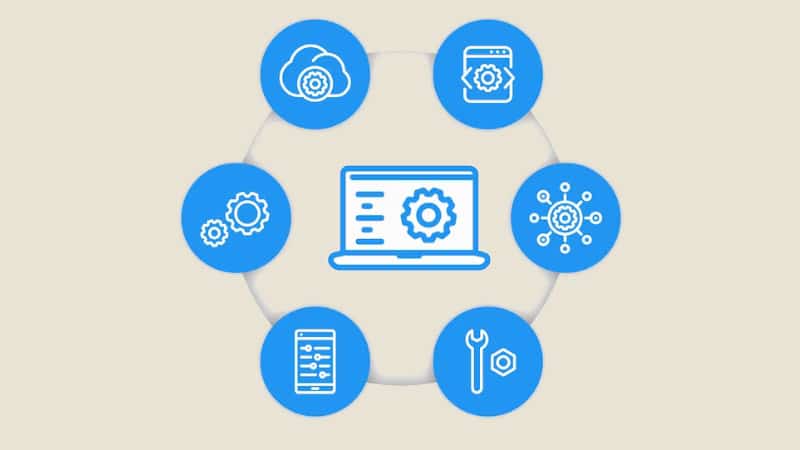The information system (IS) is a set of interconnected components, technologies and players used to manage data and information within an organization. Its role is to collect, store, process and distribute information to the places where it is needed to make informed decisions. Discover how the information system works, the foundations of an efficient information system, its architecture and its components. Let's start by defining exactly what an information system is.
Information system definition
The information system is a key element in any modern organization. It can be defined as a set of interconnected components designed to collect, store, process and distribute information within an organization.
Its objectives range from facilitating decision-making and optimizing internal processes, to improving communication and collaboration. An information system is not the same as a computer system. The latter refers to the computerized means used to process information, such as software, a computer or a network.
Main components of an IS
The information system relies on several key components, which work in tandem to ensure its smooth operation. These components are :
- hardware: computers, servers, peripherals, etc. ;
- software: operating systems, applications, databases, software packages, etc. ;
- data: information stored and processed by the information system;
- networks: enabling the various components of the information system to communicate and share data;
- human resources: key players in the information system, such as information system managers, developers, analysts and even end-users.
Types of information systems
There are many different types of information system, adapted to the specific needs of a company. Most companies have dedicated information systems for each division, such as human resources, accounting or sales. Information systems can be divided into three main categories: management, decision support and strategy.

Management information systems
Management information systems are used to administer a company’s internal processes, such as accounting, human resources management and inventory management. They are designed to automate repetitive, day-to-day tasks, enabling employees to concentrate on more important and creative tasks. Management IS are often integrated with other information systems, such as Enterprise Resource Planning (ERP) systems, to give decision-makers a global view of the company’s activities.
Decision support information systems
Decision support information systems provide information and analysis to help decision-makers make informed decisions. They are designed to collect and analyze data, then present it in the form of reports, graphs or dashboards.
Decision support information systems are often used in the fields of finance, marketing and supply chain management.
Strategic information systems
Strategic information systems are used to help companies develop long-term strategies by providing information on market trends, competitors or consumer habits. They are designed to help managers make important decisions by providing reliable and accurate information, and give an indication of the direction the company needs to take in order to achieve its objectives. Strategic information systems are often used by strategic consulting firms.
Technologies and tools used
The technologies and tools used in an information system can vary according to a company’s needs. The most common tools are :
- Relational databases, to store and manage data.
- Enterprise resource planning (ERP) software, to manage the company’s internal processes.
- Business intelligence tools, to provide the information and analysis required for decision-making.
- Web services, enabling the various components of the information system to communicate with each other via the Internet.
These technologies are used to define an information system and handle its key components.
Information systems integration
Information systems integration involves connecting different systems so that they can work together. This can be useful for companies with several separate information systems. Integration reduces data redundancy, optimizes internal processes, and improves communication and collaboration.
Information system at a glance
In conclusion, the information system is a key element in any modern company. It enables information to be collected, stored, processed and disseminated within an organization. An information system can take many forms: it is designed according to the needs of each organization. By putting effective policies and procedures in place, companies can maximize the competitive advantage that the information system can provide.











